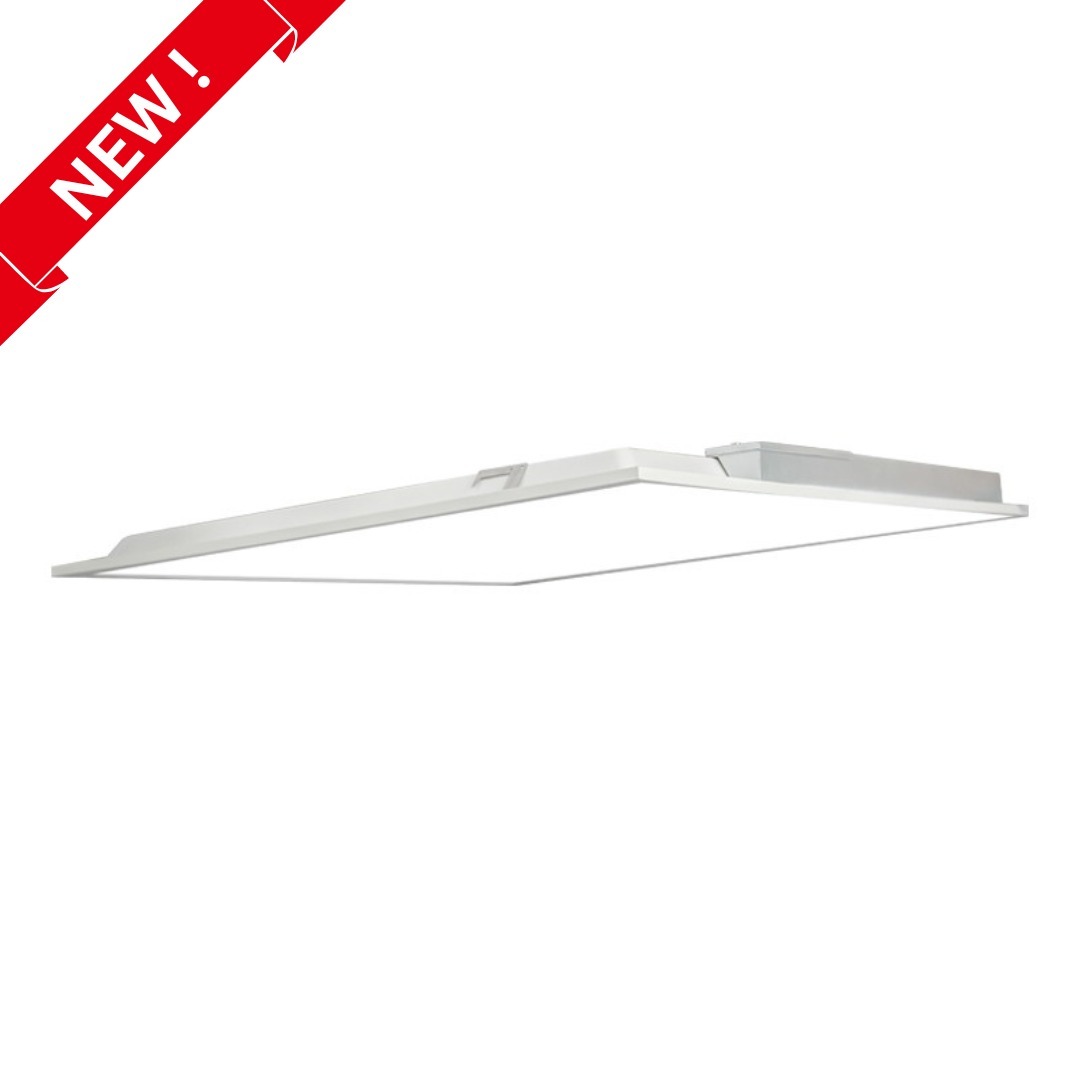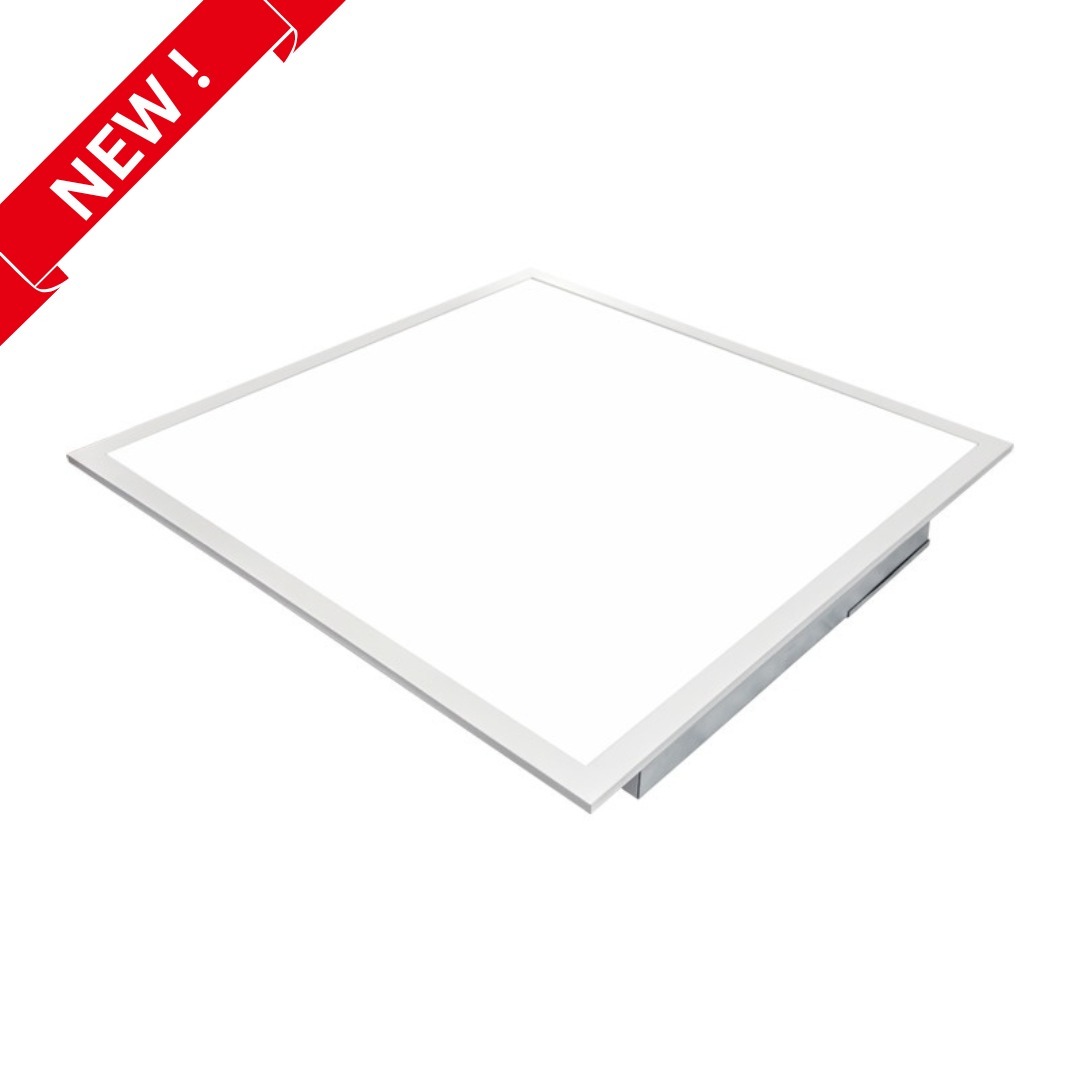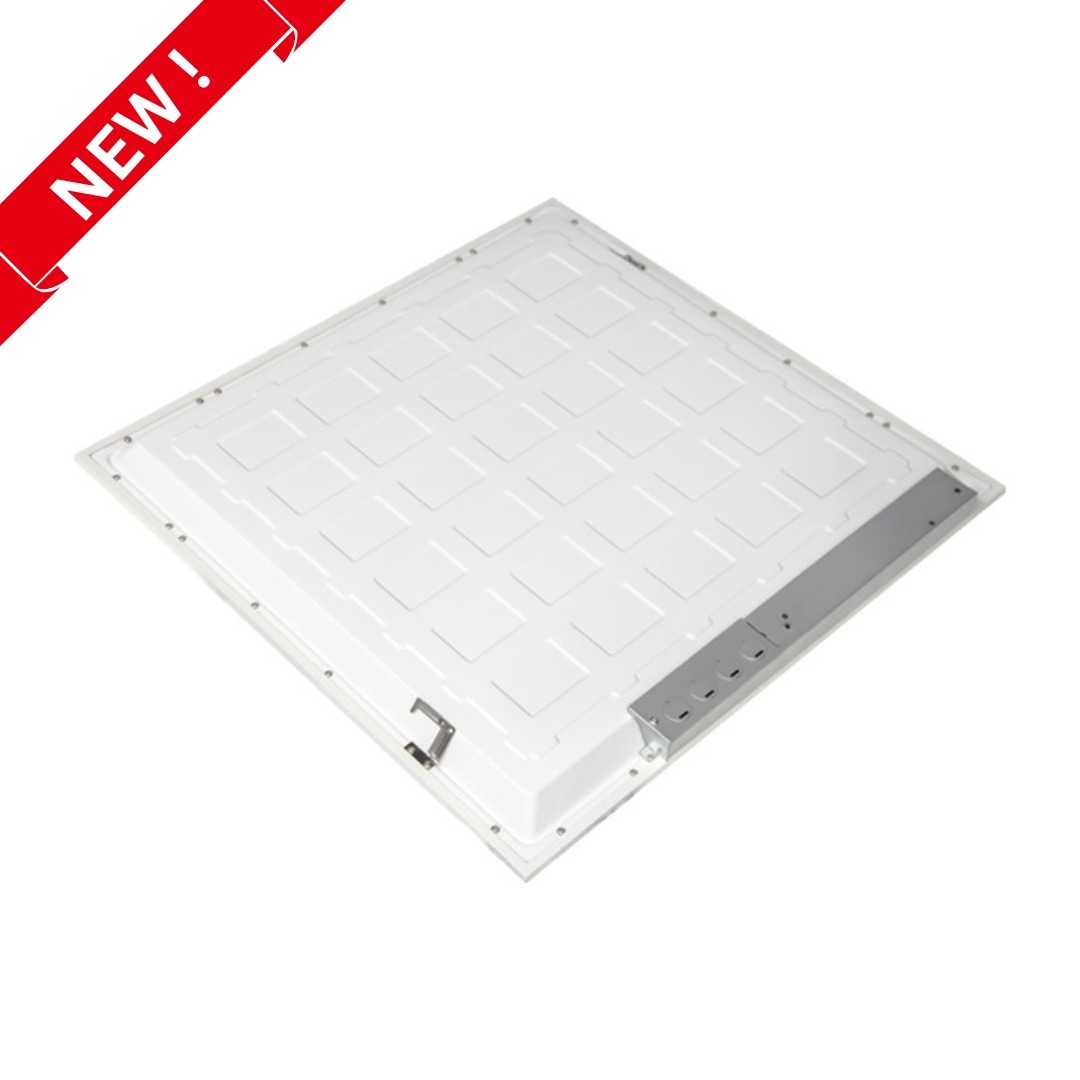Lighting plays a pivotal role in football, influencing both the game and the viewing experience. Whether you are a technician, installer, contractor, or LED distributor, understanding the nuances of stadium lights for football fields is essential for delivering successful projects. This guide will cover everything from selecting the best lights to installation practices and the latest trends in football field lighting.
Why Football Stadium Lighting Matters
Proper football stadium lighting ensures the game is safe, enjoyable, and visually engaging for players, fans, and broadcasters. Good lighting allows players to perform at their best and referees to make accurate calls. Moreover, for televised or streamed matches, appropriate lighting enhances the viewing quality.
Without effective football stadium lighting, games can suffer from poor visibility, increasing the risk of injuries and creating a less enjoyable experience for fans in the stadium and those watching remotely.
Photo by Dmytro Aksonov via istock
Key Factors When Choosing Lights for Football Fields
When selecting lights for football fields, there are several critical elements to consider. These factors directly affect the quality, energy efficiency, and longevity of the lighting system.
1. Brightness and Uniformity
Football is a fast-paced sport that requires high-intensity lighting. The field lights should provide uniform brightness across the entire playing area to eliminate shadows and ensure full visibility.
2. Color Rendering Index (CRI)
The CRI is a measure of how accurately colors are represented under the light. A high CRI ensures that the football, lines, and players’ uniforms are clearly visible. For football field lighting, a CRI of 70 or higher is recommended.
3. Energy Efficiency
LED lighting has become the go-to solution for football stadium lighting due to its energy efficiency. LEDs consume far less power than traditional lighting, such as halogen or metal halide lamps, while providing better performance.
4. Durability and Weather Resistance
Football fields are typically outdoors, so lights for football fields must be able to withstand various weather conditions. Opt for lighting solutions with an IP65 or higher rating to ensure they are weatherproof.
Designing an Effective Football Field Lighting Layout
Designing a lighting layout for football fields is just as important as selecting the right lights. A well-designed layout ensures even light distribution and optimal visibility for everyone involved.
1. Coverage and Zoning
The field must be divided into zones, and lighting requirements should be calculated for each zone. This ensures that all areas of the field are well-lit without leaving dark spots.
2. Mounting Height
The height at which the lights are mounted plays a significant role in the even distribution of light. For football stadium lighting, mounting heights between 40 and 60 feet are typically recommended, depending on the size of the venue.
3. Beam Angle
The beam angle of the lights determines how wide the light spreads. For football field lighting, a narrow beam angle can focus light on specific areas, while a wide beam angle can illuminate larger portions of the field.
4. Lighting Controls
Advanced lighting systems often include control options that allow operators to dim the lights or adjust brightness levels depending on the event. This is useful for transitioning between game and practice settings or post-game activities.
Photo from Dmytro Aksonov via istock
The Benefits of LED Lights for Football Stadiums
LED lights have transformed football stadium lighting, providing significant advantages over traditional lighting solutions.
1. Energy Efficiency
LED lights use up to 80% less energy than conventional lighting, making them the most cost-effective choice for lights for football fields. This also contributes to lower operational costs and a reduced carbon footprint.
2. Longevity
With a lifespan of up to 50,000 hours, LED lights last significantly longer than traditional options, reducing the need for frequent replacements and minimizing maintenance costs.
3. Instant Brightness
LED lights reach full brightness instantly, which is a significant advantage over metal halide or halogen lights that can take several minutes to warm up.
4. Enhanced Visibility
LED lights offer high CRI values, ensuring that every detail on the field, from the ball to player uniforms, is easily visible. This also enhances the quality of televised or streamed games.
5. Eco-Friendliness
LEDs are free from hazardous materials like mercury, making them environmentally friendly. Additionally, their long lifespan means fewer replacements, contributing to reduced waste.
Photo from Aksonov via istock
Best Practices for Installing Lights for Football Fields
Installing football stadium lights requires careful planning and precision. Following these best practices will ensure a successful installation:
1. Electrical Load Management
Ensure the electrical infrastructure of the stadium can handle the load required by the lighting system. Collaborate with a qualified electrician to assess the power requirements and make any necessary upgrades.
2. Light Pole Placement
Strategically placing light poles is essential to achieving even light distribution. Typically, light poles are placed along the sidelines rather than behind the goals to reduce glare and improve visibility for players.
3. Wind Load Considerations
In outdoor stadiums, the light poles need to be designed to withstand strong winds. Calculate wind loads carefully to avoid structural issues that could lead to accidents.
4. Maintenance Access
Although LED lights require less maintenance, it’s important to ensure technicians can easily access the lights for cleaning and repairs. Incorporating a maintenance plan during the installation is a good idea.
Overcoming Common Challenges in Football Field Lighting
Despite the benefits of modern LED lights, certain challenges can arise during the installation and operation of football stadium lighting systems.
1. Glare and Light Spill
Glare occurs when lights are too bright or poorly positioned, making it difficult for players and spectators to see clearly. Light spill refers to wasted light that shines outside the intended area, often affecting nearby neighborhoods. Properly aiming the lights and using shields can minimize these issues.
2. Budget Constraints
LED lights offer long-term savings, but the initial installation cost can be high. Finding the balance between quality lighting and budget constraints is crucial. Over time, the energy savings will offset the upfront costs.
3. Compliance with Local Regulations
Ensure that the lighting system complies with local regulations regarding light pollution and energy efficiency. This is especially important for stadiums located near residential areas or environmentally sensitive zones.
Photo from jamesteohart via istock
Future Trends in Football Stadium Lighting
The world of football stadium lighting is continuously evolving, with new trends and technologies improving performance and sustainability.
1. Smart Lighting Systems
Smart lighting technology allows for remote control and automation, enabling operators to adjust brightness and timing based on the event. These systems are gaining popularity for their flexibility and ease of use.
2. Solar-Powered Lighting
As sustainability becomes a priority, more stadiums are exploring solar-powered football field lighting solutions. While still in the early stages of adoption, solar lights offer significant energy savings and environmental benefits.
3. Enhanced Broadcast Lighting
As football games are increasingly broadcasted in high-definition, lighting systems must cater to the needs of broadcasters. Flicker-free lighting and dynamic brightness control are becoming essential features in modern stadium lighting setups.
Conclusion: The Right Lighting Elevates Football Fields
Proper stadium lights for football fields can make all the difference in the success of a game. For technicians, installers, contractors, and LED distributors, understanding the key elements of football stadium lighting ensures a smooth installation process and optimal performance.
From choosing energy-efficient LEDs to designing effective lighting layouts, mastering the nuances of football field lighting will set your projects up for success. Embracing future trends, such as smart lighting systems and sustainable energy sources, will keep your solutions cutting-edge and environmentally friendly.
In the world of football, where visibility is everything, delivering a high-quality lighting solution can truly enhance the entire experience, from the players on the field to the fans in the stands.




















